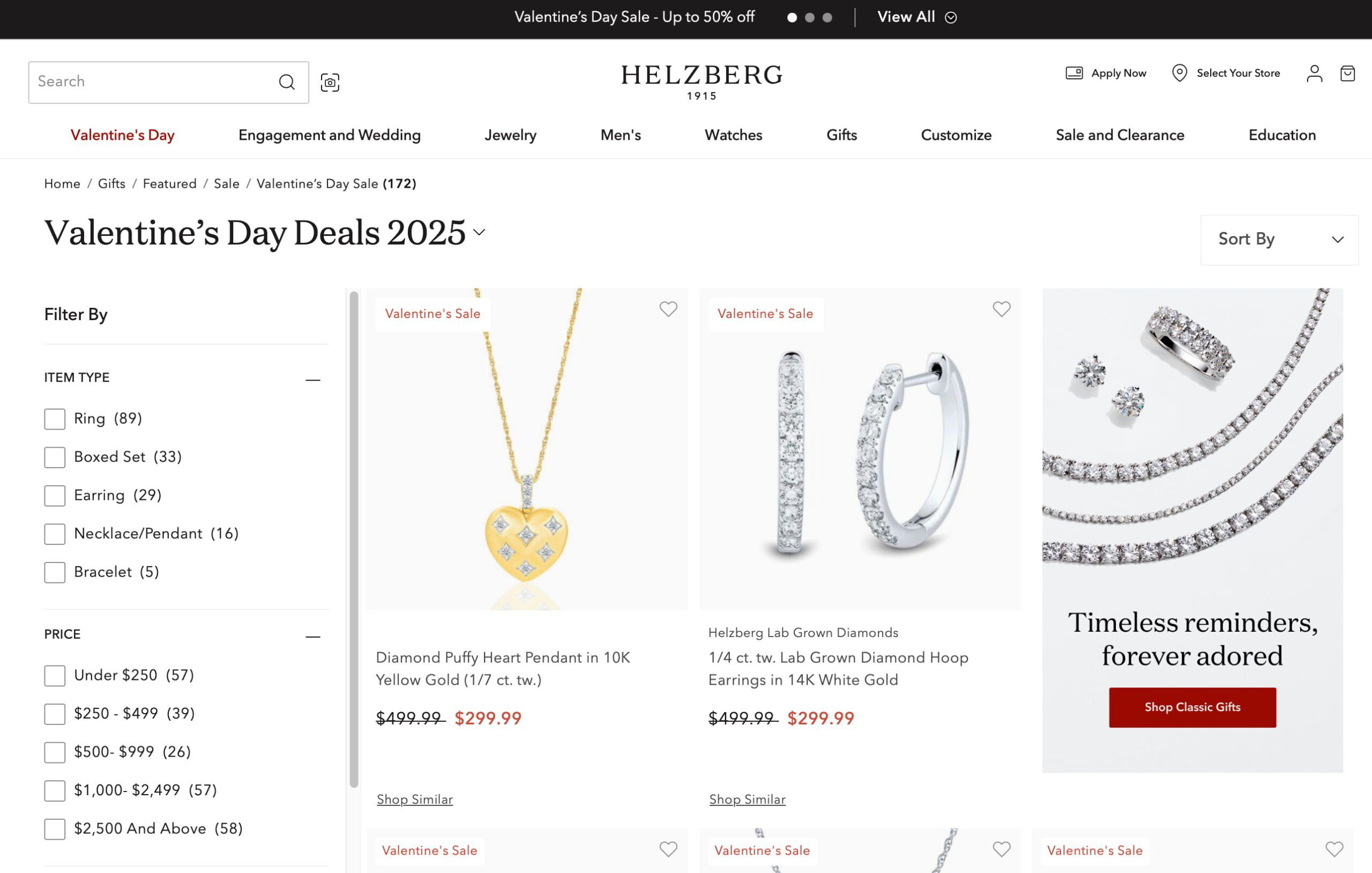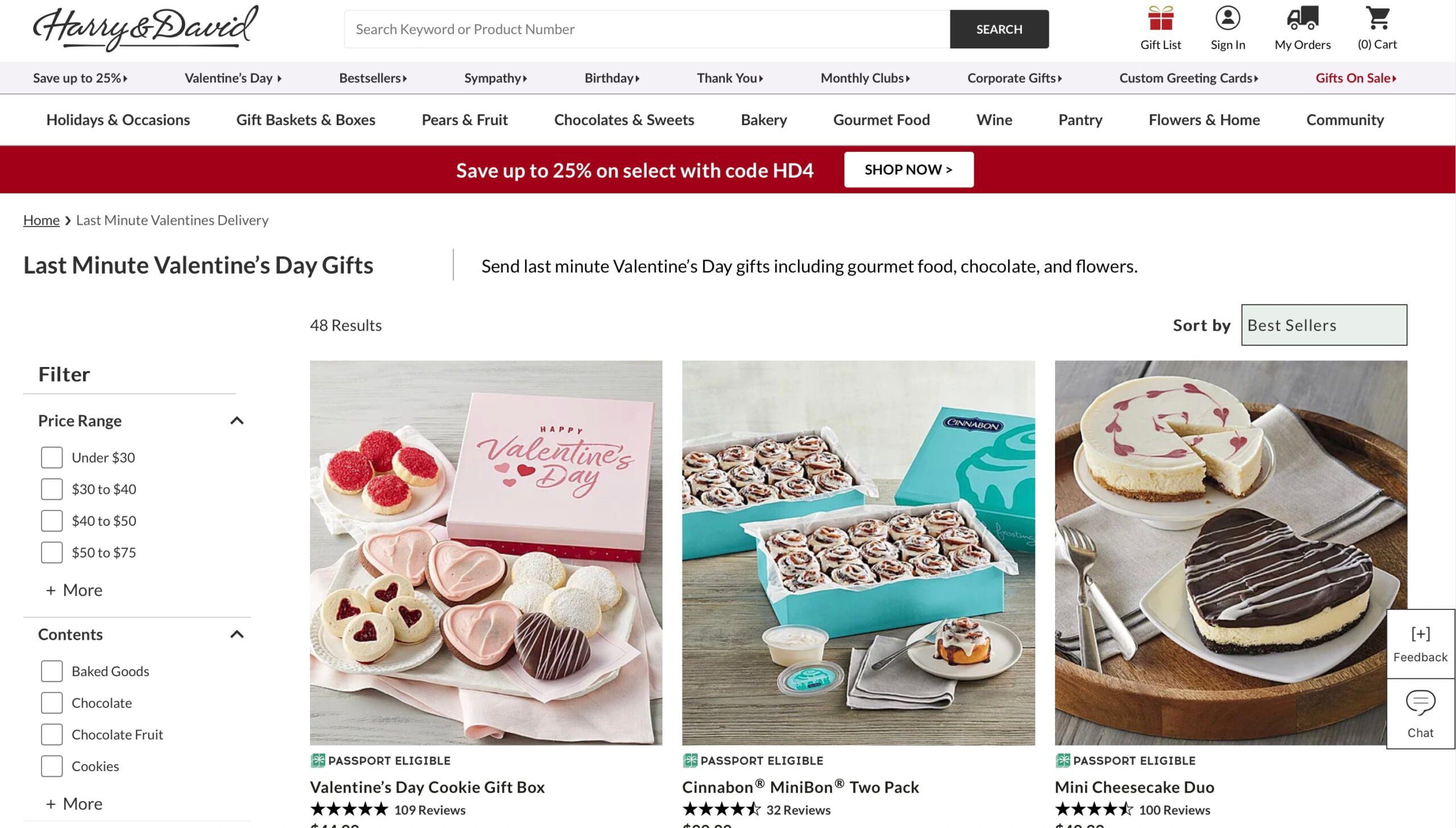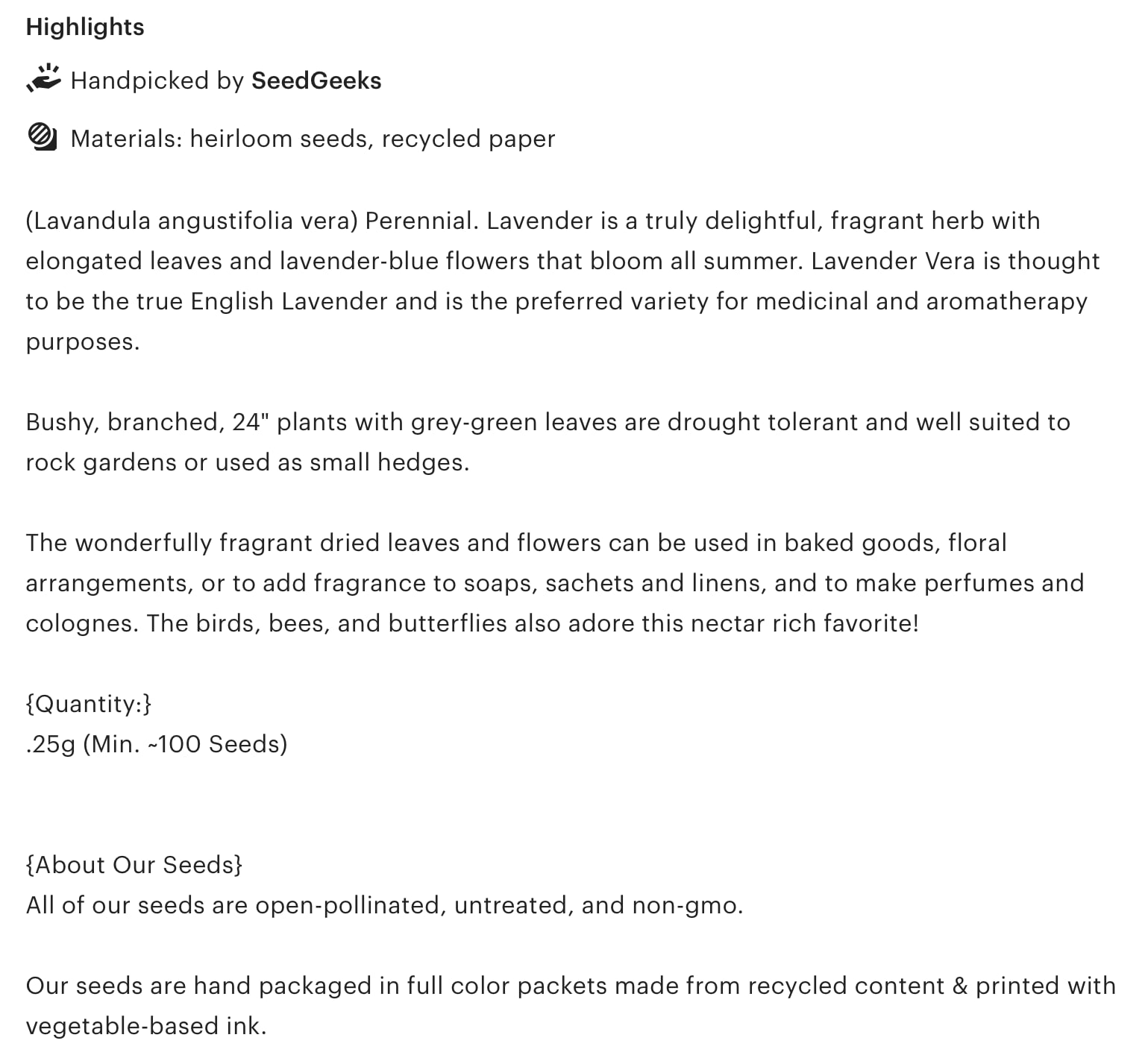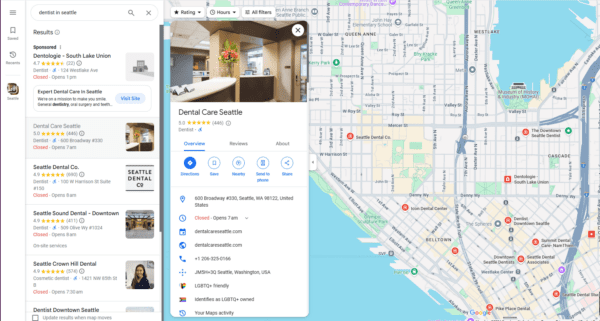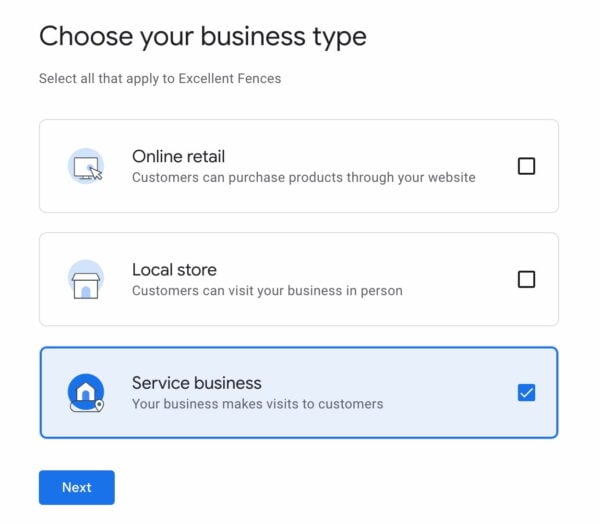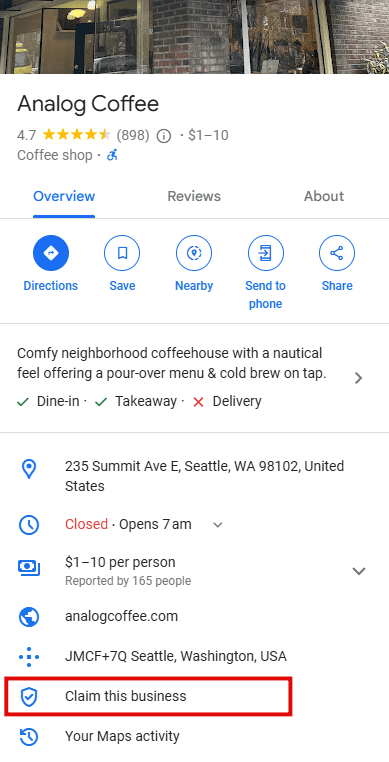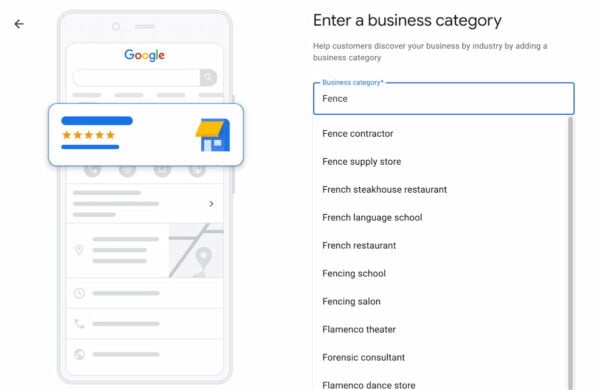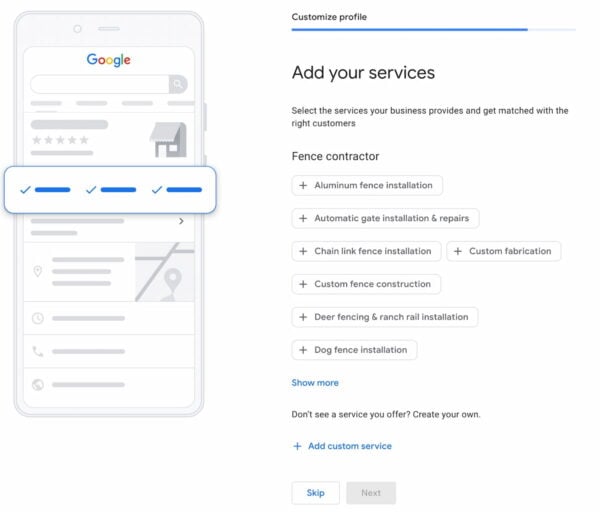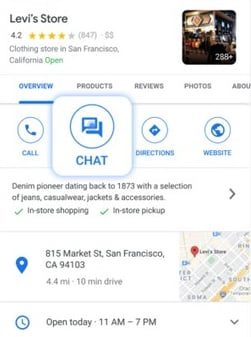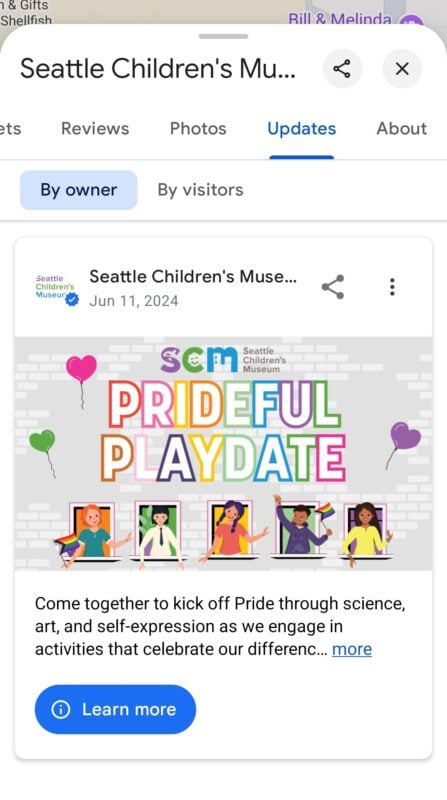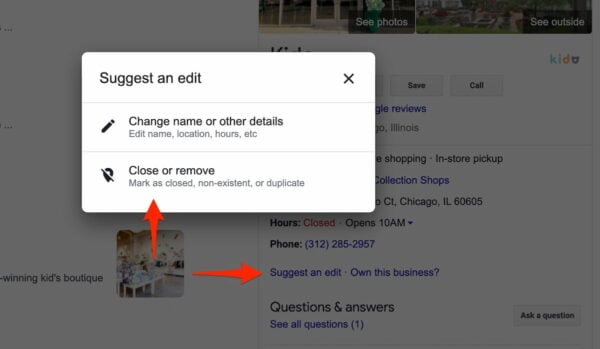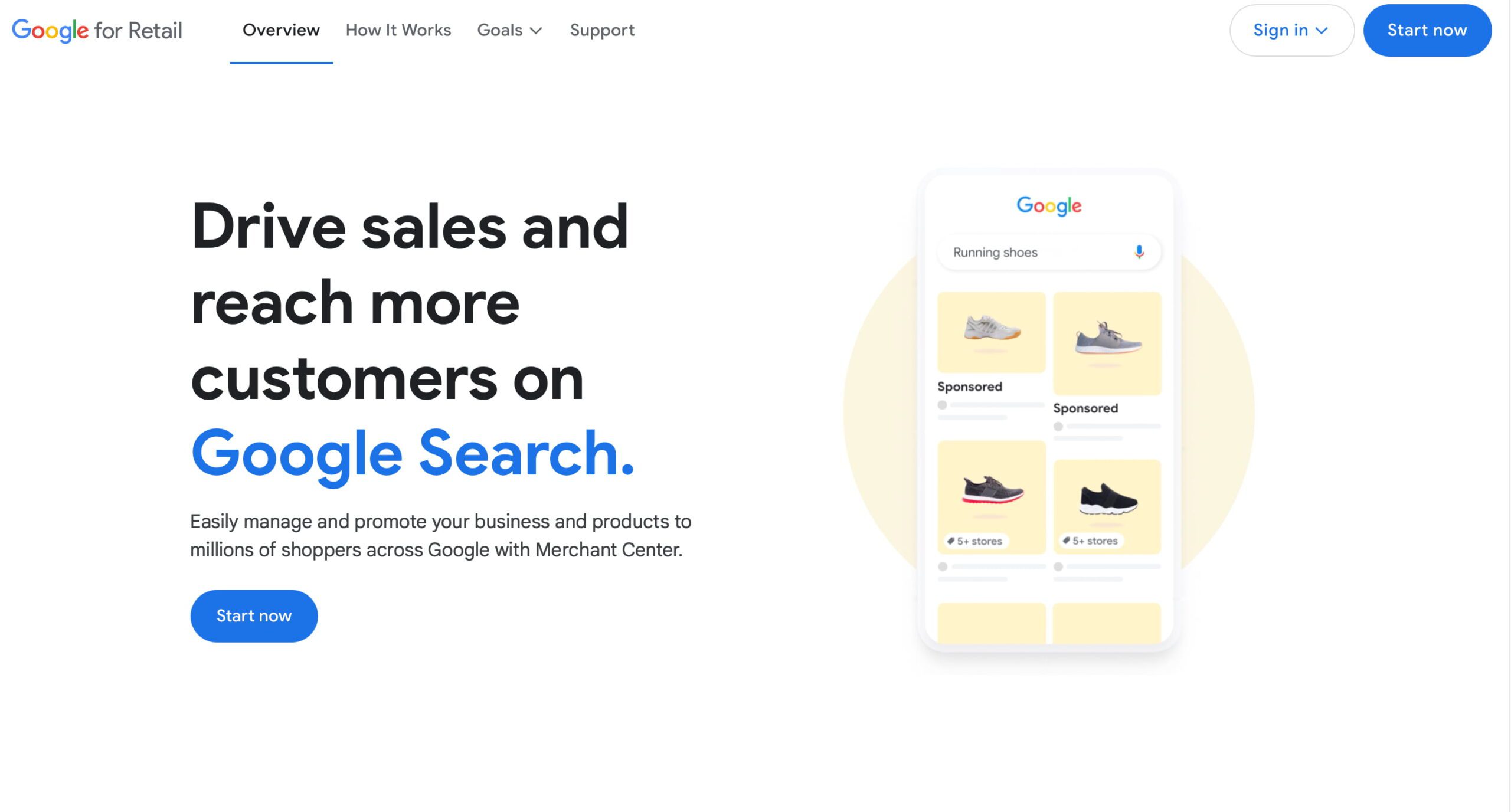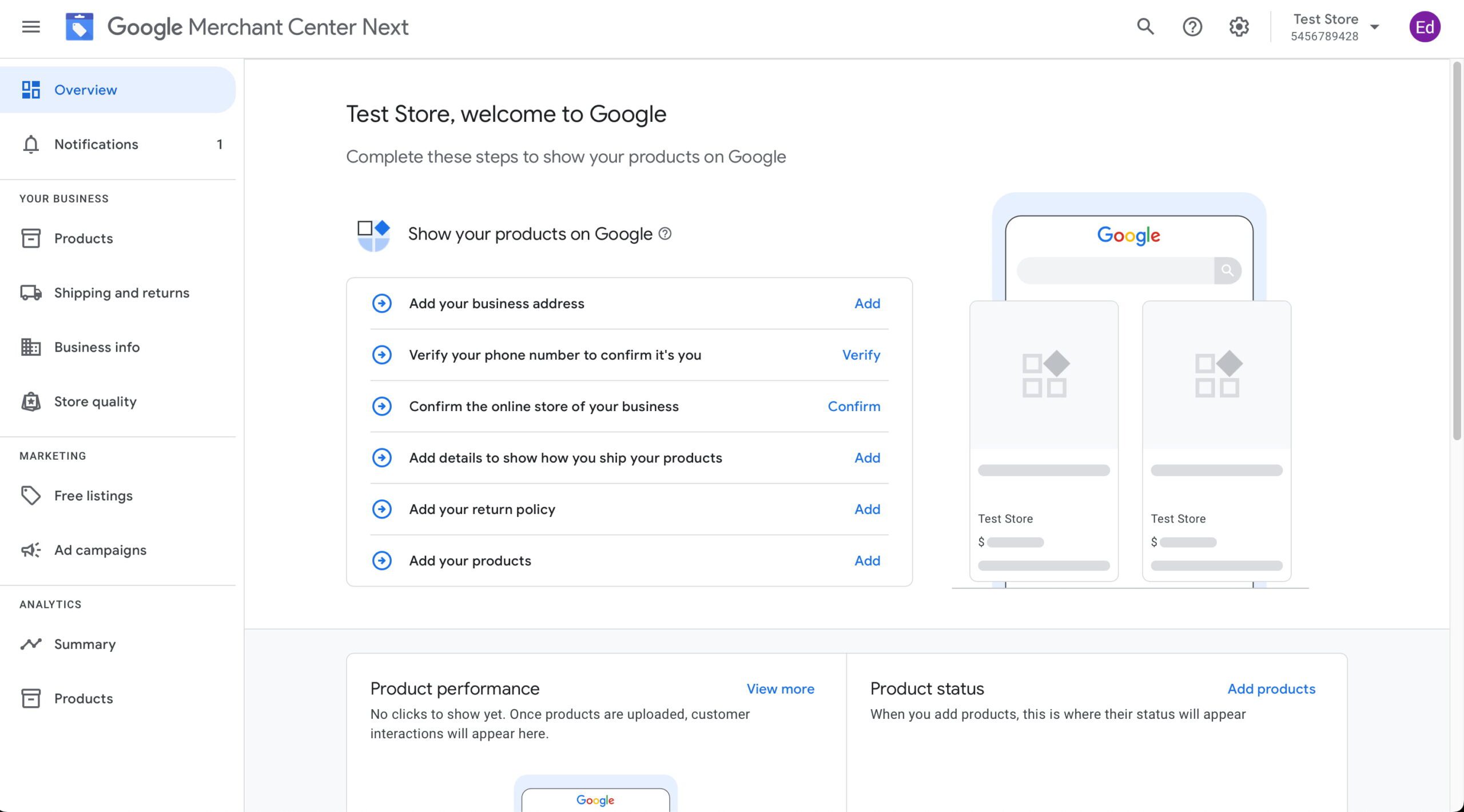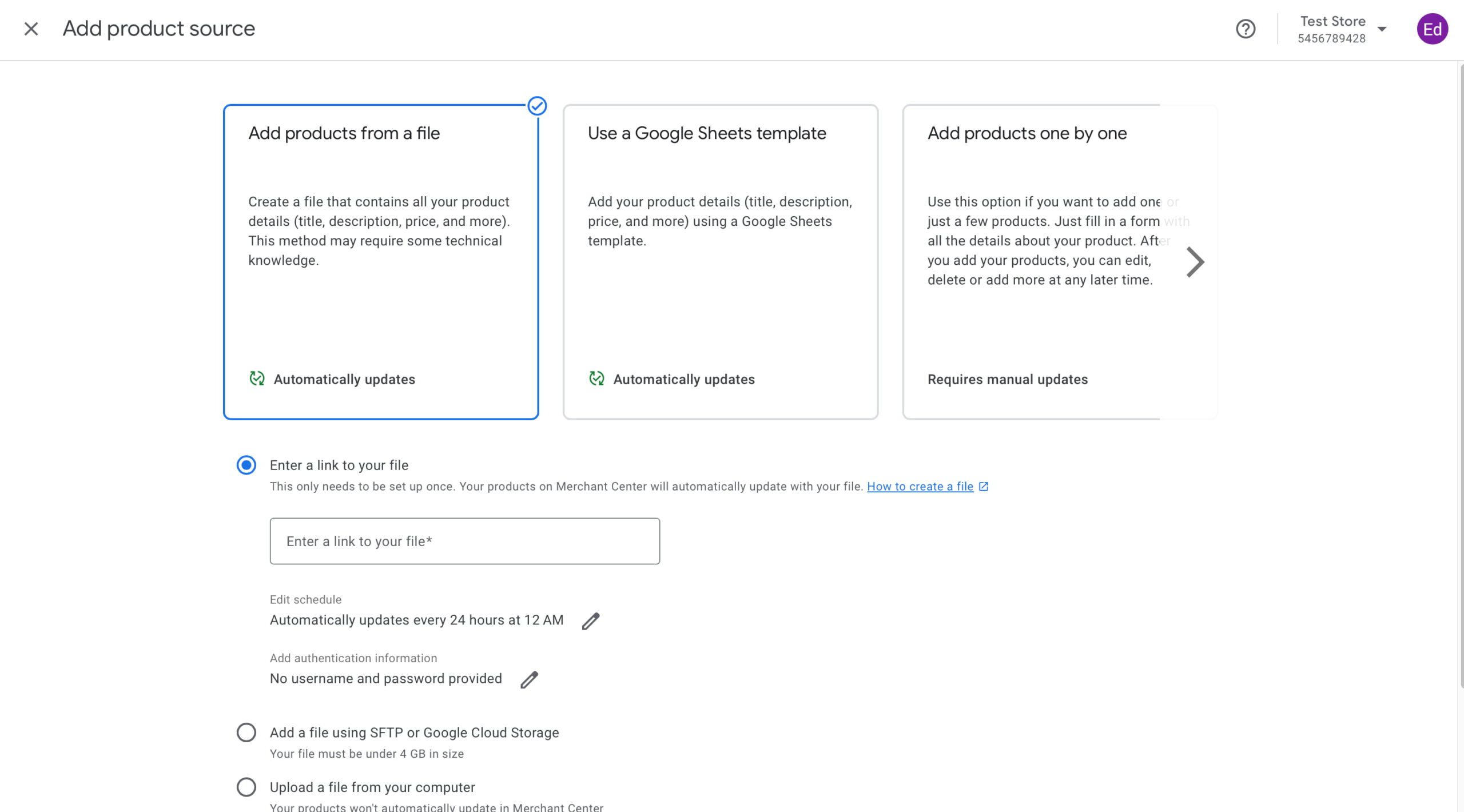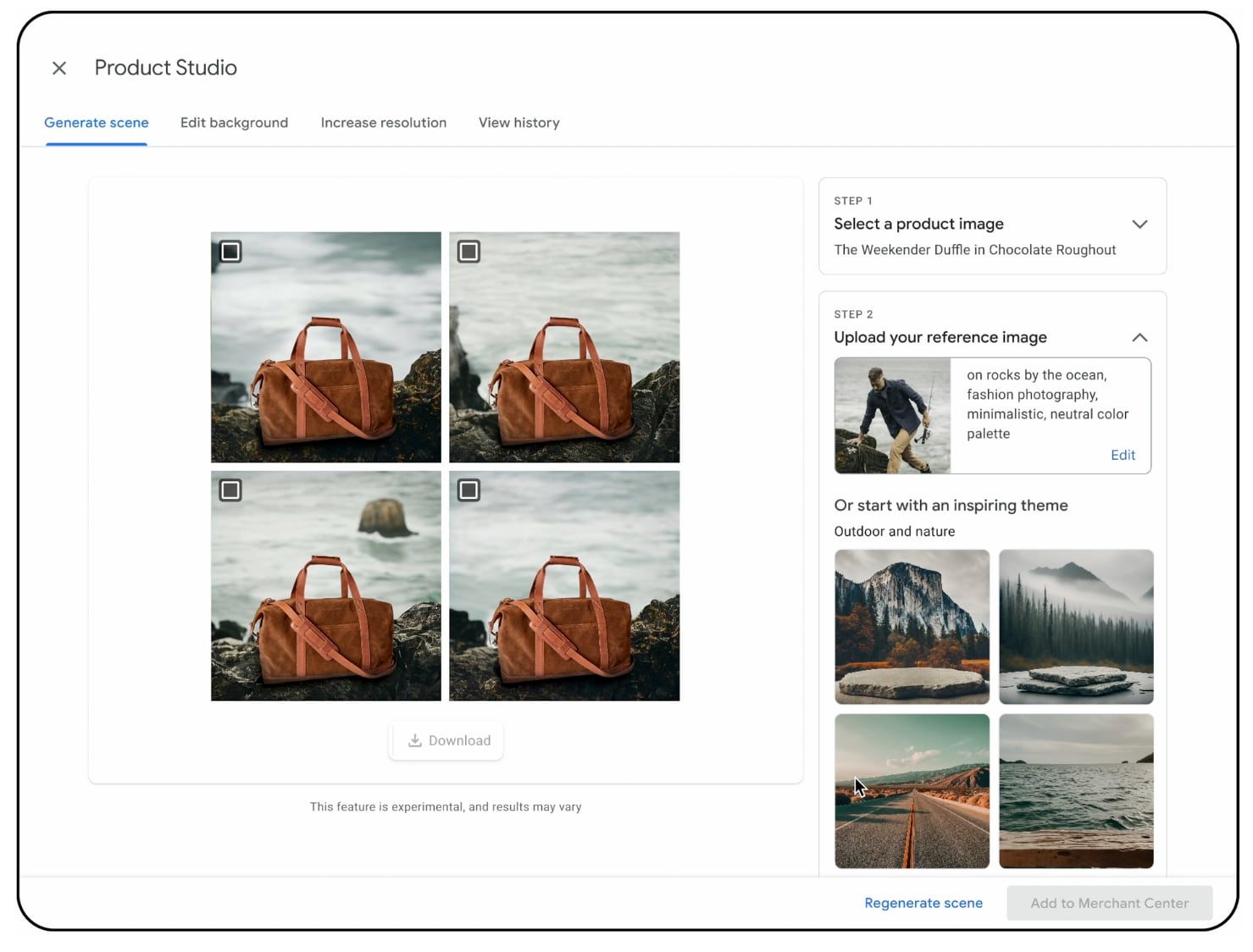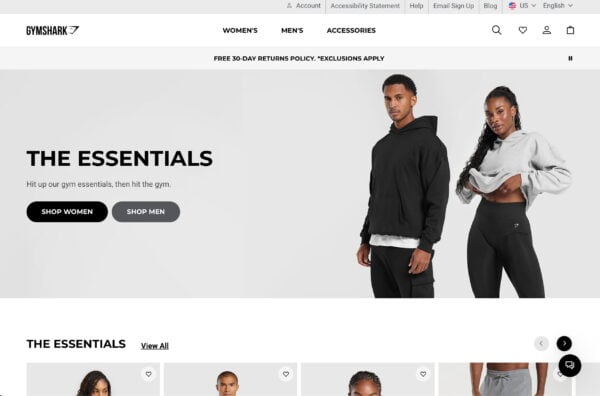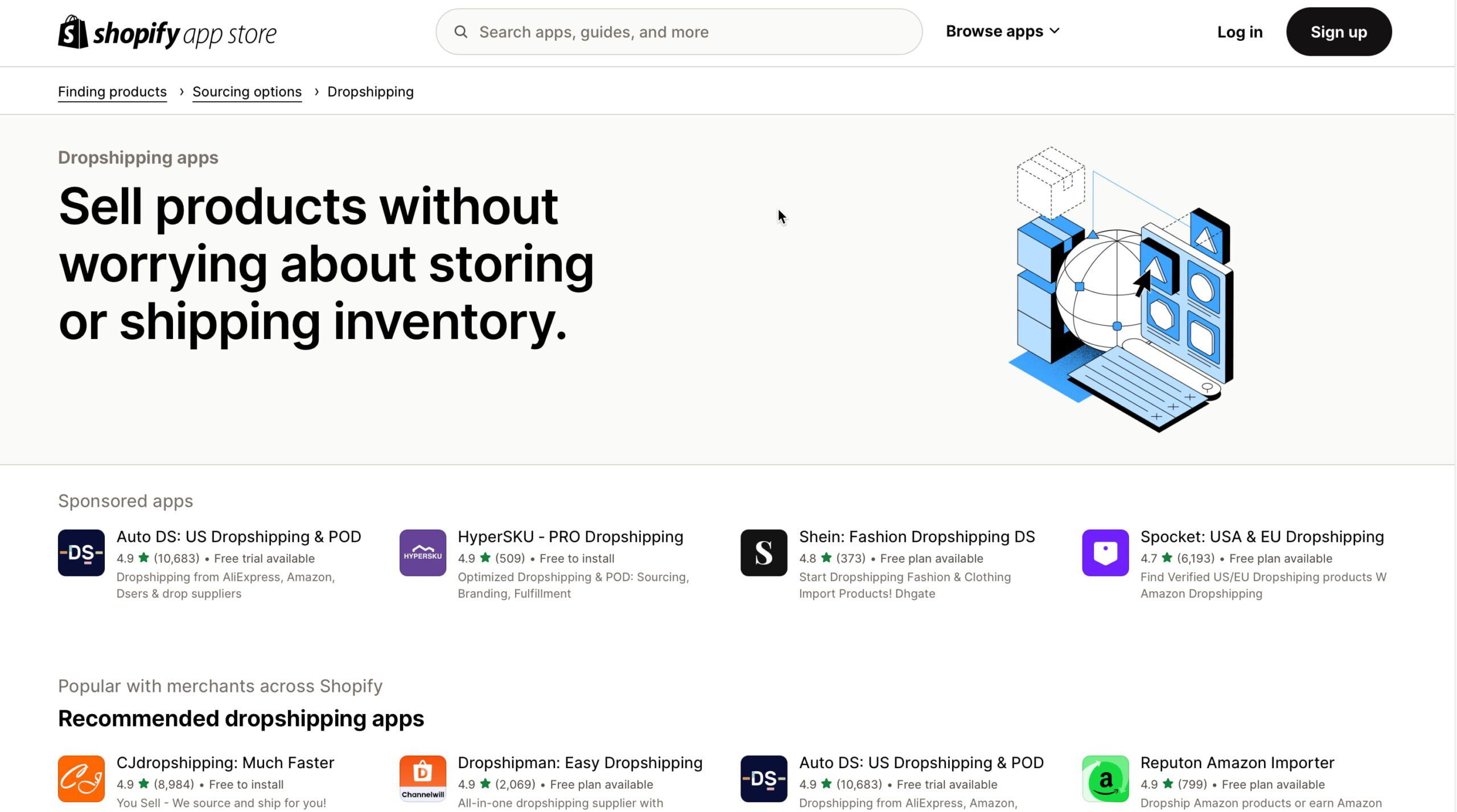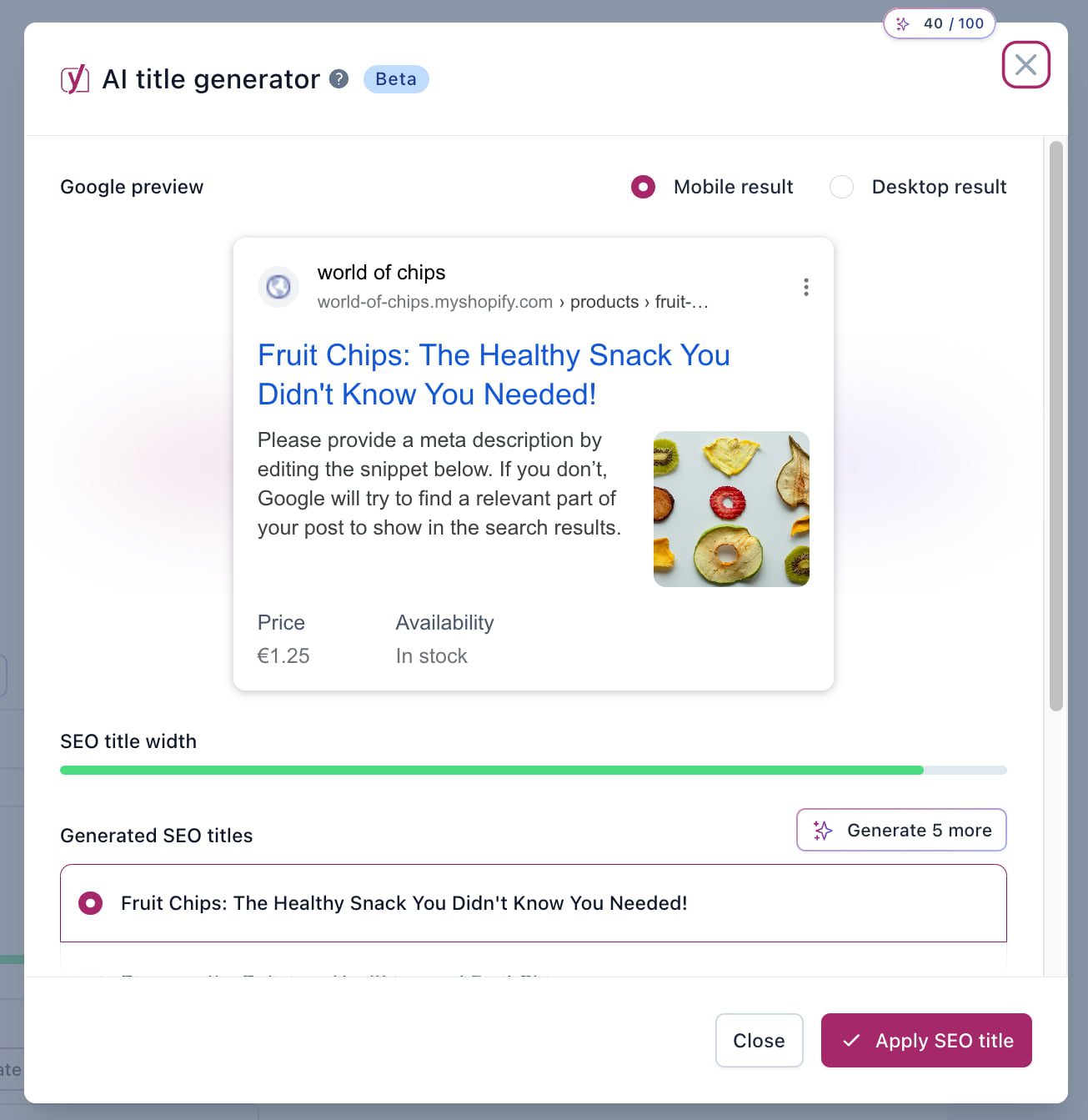Ecommerce SEO: how to rank higher & sell more online
People are making more purchases online, whether from home on a laptop or on their mobile phone while on the go. In 2025, retail e-commerce sales are estimated to exceed 4.3 trillion U.S. dollars worldwide, and this number is expected to go up in the following years. Naturally, this rise in online shopping has come with a surge in online stores worldwide. How can you make sure your online store stands out and reaches the right people? Ecommerce SEO can help drive up those sales numbers. In this guide, we’ll explain every aspect and help you get started!
What is ecommerce SEO?
Ecommerce SEO concerns all the tactics you can use to gain more visibility and organic traffic for your online store in search engines, like Google. These tactics focus on the technical and content sides of SEO. By optimizing your store you can get a dependable stream of targeted traffic to your site. This, in turn, should lead to more sales.
Branding is key
You are one of the millions of companies trying to sell something online. Of course, you might think you’re unique, but, in most cases, that’s not true. In most niches, you compete with dozens, if not hundreds or even thousands of others. What you need to do is stand out. But how?
First of all, you need to write down your mission. Your mission will clarify what you – and your customers – want your business to be. This will help you identify your USPs (unique selling points) and create a strong brand that resonates with your audience.
Building a recognizable brand is not just about visuals like a logo or the colors you use, but also your tone of voice or your handling of customer requests. Being present on the right platforms and showing your audience that you are trustworthy and there to help them. How you present yourself to the outside world makes all the difference. Branding helps you get inside people’s minds and stay there. But stay genuine and fit your branding to your audience.

SEO helps online stores get found by the right customers at the right time. Unlike ads, which stop when you stop paying, strong SEO keeps bringing in shoppers over time. A well-optimized store makes products easier to discover, builds trust, and reduces reliance on paid traffic.
Carolyn Shelby – Principal SEO at Yoast
Technical ecommerce SEO
To get properly started we need to look at the technical aspects first. Here, we’ll go over some important considerations for your online store.
The importance of good hosting
One of the simplest but most impactful things you can do is choose the right hosting for your site and upgrade your hosting plan when needed. Starting out, it might not make sense to drop hundreds of dollars for an extensive hosting plan. But once you reach a certain level, it makes all the sense in the world. Good hosting makes your site faster, pages load properly, and you’ll be able to handle more traffic than ever before. It can also better handle the crawling efforts of Google and other search engines, making it easier for them to index your URLs.
Most hosting providers offer several packages with uptime guarantees, scalability options, dedicated support, et cetera. Find a hosting provider specialized in ecommerce, and don’t try to take the cheap route.
SSL is essential for ecommerce SEO
Long gone are the days when having an SSL certificate for your site was optional. When you are selling something and/or collecting customer data in any way, you need to do so in a secure environment. No one will leave their credit card details on a website that is not adequately secured.
There are other benefits to having a properly secured website. Google, for instance, has said many times that having an SSL connection can give your site a ranking boost. In addition, many of the newer internet technologies like HTTP/2 only work on websites that use HTTPS connections.
Make your site visible through crawling and indexing
You probably want to have all your pages shown in Google, but not being mindful of this can backfire. For example, indexable results from your internal search engine, URLs with parameters from your faceted navigation or product filters, outdated content, temporary pages, and test content can be considered useless URLs. If you have a ton of them, Google will spend a valuable part of your crawl budget indexing those instead of crawling and indexing the pages that you do want to show up in the search results.
Use your robots.txt file to control what search engines can and can’t do on your website and adequately use meta robots tags to block stuff that doesn’t make sense to show in the search results. Also, to get Google to crawl your store correctly, you need optimized XML sitemaps that list your most essential pages.
Improve the URLs of your online store
Getting your URLs right is a crucial aspect of ecommerce SEO. Unreadable URLs make it harder for search engines and site visitors to understand your products. And online stores tend to have a ton of URLs. Usually, every single product has its own URL and every product variation also comes with its own URL. On top of that, things like faceted navigation can generate an endless stream of URL variants. If Google finds the same products on multiple URLs, how will it know which one to show in the search results?
Help search engines by minimizing the number of URLs on your online store to prevent confusion and unnecessary crawling. Check your paginated search results and see if all of these have a unique URL. Give your URLs descriptive names to help search engines identify the contents, so change URLs like /sweaters/323551 to /sweaters/ugly-christmas-sweater. Follow Google’s advice on how to design a URL structure for ecommerce websites.
Be aware of duplicate content
This endless number of URLs showing the same content can cause another SEO issue you want to prevent. If they find duplicate content on multiple pages, search engines won’t know which URL to show which can lead to lower rankings for all pages involved. So make sure to check how your ecommerce CMS handles product variations and faceted navigation. You can use a canonical URL to signal to Google what the original version of a page or product is.
Duplicate content is also a risk when you use product descriptions provided by manufacturers, which are used on other websites. Although you’ll be competing with content on other websites, it will make your product page stand out less. Leading to search engines favoring other websites that do write their own product descriptions.
Add structured data to your products
Structured data lets you describe your products and business information to Google. This makes it easier for the search engine to understand your business and products. In return, you can get rich results like highlighted product information. You can use structured data to provide details like titles and descriptions, stock and shipping details, SKUs, prices, reviews, ratings, and product images for products. Using these details, Google can highlight your products in diverse ways and various locations, like Google Images and Shopping.



You can also use structured data to provide business information. Google uses this data to verify whether you say who you say you are. It cross-references the information it finds on your site with what it finds on Google Business Profile. So make sure to keep this information (f.e. location, phone number, opening hours) up to date and consistent. If you want to add structured data to your products (or other pages), the structured data feature in our WordPress plugin and Shopify app might be worth checking out.
Improve your mobile shopping experience
Many people do their online shopping on a mobile phone, and that number is only growing. That’s why your mobile site has to offer a great shopping experience, similar to your website shown on a computer. We call this mobile parity. Your mobile pages should load quickly, work properly, and have no unnecessary distractions. People should not have to wait for your page to load, only to be confronted with things jumping around and buttons that aren’t clickable.
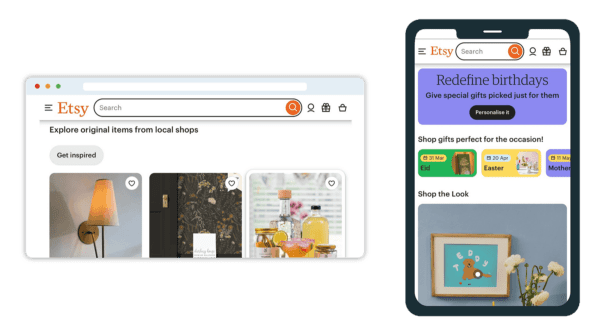


Keep the design of your mobile site simple while still offering the branding experience that people are familiar with. Especially on your product pages, you should offer a minimal amount of distraction to get people to convert as quickly as possible. Make sure that your theme is responsive and scales appropriately to all screen sizes without having multiple designs. Give extra attention to the readability of your pages, especially those with more than a bit of text, like product pages or blog posts.
Optimize the page speed of your online store
Site speed is an ongoing challenge for most websites, especially since Google has declared it a ranking factor. For ecommerce sites, that’s even more important because a slow store can cost you customers. It is proven repeatedly that people will more likely buy from an online store with proper page speed. It’s also a vital part of another ranking factor, page experience.
How you improve the loading times of your store depends on the type of store you’re running. Hosted platforms like Shopify and Wix have built-in performance enhancements, like a CDN and image optimization options. For these SaaS platforms, you’re somewhat limited to the choices they make. If you run a WooCommerce store on WordPress, you have more control over your performance. You can choose your hosting plans, your CDN, your cache management, et cetera. Of course, there is no wrong solution. Pick whatever fits your goals and budget.
Improve your code
Many of the performance improvements you can make are found in your code. Make sure that the code of your theme is lean and mean. Fix scripts that block the rendering of your content in the DOM. Minify your code and try to add lazy loading to images where it makes sense. Don’t rely on JavaScript for loading critical functionality and content.
All the evergreen site speed tactics should also be applied to your online store. Think optimizing your images, uninstalling unnecessary apps and plugins, updating your CMS and plugins, optimizing your caching, minimizing the number of HTTP requests, asynchronously loading scripts, et cetera. To get an idea of where you should start, make sure to look at the Core Web Vitals.
User experience improves conversion rates
Related to technical SEO and branding, it’s important to be aware of the overall experience your online store offers its users. You need to help customers feel safe and welcome before they are ready to buy from your store. A well-optimized online store is a joy to use, offers a safe and secure buying experience, and loads in no time — both on mobile and desktop. Photography, typography, and content also contribute to user experience.
User experience is also about taking away frustrations and barriers for users to reach their goals quickly. It’s about optimizing product pages, CTAs, and payment flows to get people moving through the process without issue. Focusing on user experience can help you improve your store’s conversion rates. In addition, it builds a relationship with the customer and helps them come back for more. Build brand loyalty through a pleasant user experience. So add an option for guest checkout, make your site search work, improve the text on your CTAs, and offer proper faceted navigation. To give a few examples.
Don’t underestimate the importance of content
Content is, and will remain, still a very important part of SEO. Ecommerce SEO is no exception to this rule. Having great content on your website, and a proper content SEO strategy can help Google and your customers choose your shop above your competitors.
Keyword research for your online store
An important aspect is figuring out which keywords you can target — and which keywords your potential customers are searching for. It gives you a better sense of the competition and the landscape you are operating in. While doing keyword research for your online store, you’ll also uncover different search intents. Often enough, the customer doesn’t follow a straight line in their buying journey.
However, you can guide potential customers during their buyer journey with helpful content in the right place at the right time. For this, you can use proven marketing strategies like the AIDA model (Attention, Interest, Desire, Action) to guide a customer from discovering their need to guiding them to a purchase. At any touchpoint during their journey, you need to be there to stay part of their buyer journey. Keyword research will help you uncover the terms searchers use during the different sections — helping you write content that is valuable and on point.
Improve category pages for ecommerce SEO
Often, category pages can be easier to rank than individual product pages. You can set them up to target a broader set of terms instead of one specific product. Your keyword research can help you use keywords that your audience searches for. Give your category pages a good title and meta description featuring the keywords you want the page to rank for. In addition, pick a proper URL structure for your category pages. Keep them short and focused.
Add a piece of text to the category page to give Google and customers more insight into what this page holds. Don’t overdo it, though; it doesn’t have to be a wall of text. Just ensure that it is written for humans and isn’t stuffed with your keywords. Add great product images to your category pages and link to them from other relevant pages on your website.
Again, consider search intent here; category pages should target and offer solutions for ‘browsing’ behavior. This differs from what you do with individual product pages. For category pages, you want to rank for “Black Dresses” while your product page might want to rank for “Black Dress”.
Add a blog to your online store
One of the most important ways of promoting your online store is via content marketing. Adding a blog to your site gives you a range of options to rank in the search engines and attract a new wave of customers.
While your product descriptions and landing pages allow you to talk about specific products, a blog can be much more flexible. Here, you can dive deeper into your product, your business, and topics related to what you sell. Just make sure it’s relevant to the people you’re trying to target.
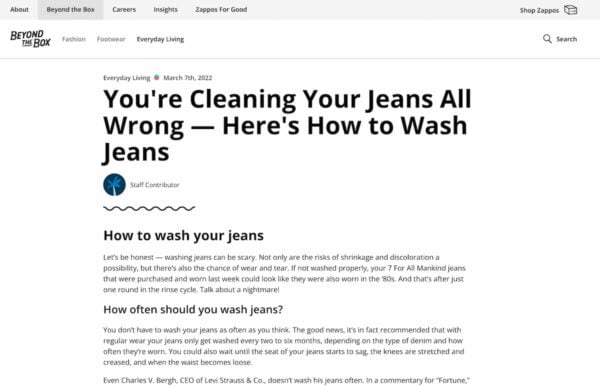


With high-quality content, you show that you are passionate about your product and that you are an expert on the topic. Trust and expertise are crucial factors for Google and visitors to find the business they want to buy their products from.
Relevant content has a great chance of ranking if you target the right keywords. You can write all-encompassing, authoritative cornerstone content that you can use as a base for your content strategy. Supporting those articles, you can go into more detail about specific aspects. For instance, the guide you are reading now is supported by numerous articles on ecommerce SEO topics which are all interlinked.
Improve your product pages for SEO and conversion
Your product page is where the magic happens. Here, you want your customers to hit that buy button without hesitation. But what are the aspects of an excellent product page? What can you do to improve your product page SEO?
Write great titles and meta descriptions
The words you use to describe your articles are essential. Of course, this also goes for the words you provide for your product to be used in the SERPs — the titles and the meta descriptions. In 2021, Google was actively rewriting more page titles than ever. According to them, too many sites were using non-descript or spammy titles. Therefore, it is even more important to improve your titles and keep an eye on what Google is showing for your products.
Using WordPress/WooCommerce SEO plugins and Shopify SEO apps like Yoast SEO for Shopify, you can set up templates for both titles and meta descriptions, so they follow a similar pattern. This saves you time, and you won’t have to do everything by hand. Of course, you should write everything by hand for your most important articles and pages. Make them stand out!
Write your own product descriptions
We already touched on this topic briefly while discussing the risk of duplicate content. To prevent your product descriptions from being the same as 100+ online stores out there, you need to write them yourself. If you have a ton of products, start with the ones most important or most valuable.



Be sure to write in the language your audience uses to find and describe these products. Don’t use jargon or made-up words that only a few people will understand. Good product descriptions are easy to grasp and easy to read. Also, stay away from walls of text — use a good header hierarchy and break up the text with paragraphs and lists for readability.
Add unique, high-quality product photos
Excellent product images are another great way to set yourself apart from your competitors. Your customer wants to see your products in detail. Even if you have an offline store as well, photos show what your products look like and give you that edge over competitors who just use the images provided by the manufacturer. Try to take authentic photos and do it yourself. Make sure they are high-quality and show your product in use to show what it looks like in real-life situations.



If you’ve shot good photos of your products, optimize them for the right size, compress them and give them a proper SEO-proof name. Use the product name in the image file name and the alt text when you upload it to your store.
Add reviews of your product or service
Reviews are incredibly important for your business. Collect them, display them and add review and ratings structured data. It can nudge customers to buy your product or service. It also helps Google turn those reviews into highlighted listings in the search results — with stars and all.
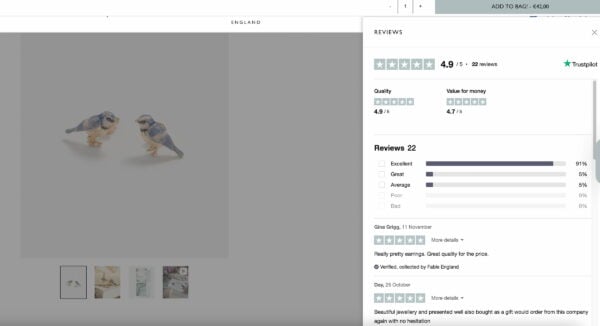


Most shoppers look up reviews before buying a product or deciding on a service. While the availability of reviews on your product pages helps build trust, they need to be genuine. Don’t publish fake reviews or only publish the ones that paint your product or service in a positive light. Even negative reviews have a place! What’s more, how you respond to negative reviews says a lot about you and your business.
Add related products for cross-selling and internal linking
To increase the conversion rate and the total amount spent per cart, you can use a variety of tactics. One of those tactics is adding related products on your product pages and even on your checkout screen, although you need to test that second option so that it doesn’t harm the checkout process.
The same goes for a list of alternative products for the one a customer is looking for. An ‘Other customers also look at’ feature helps uncover more products for your customers, plus it helps them reach their goal more quickly. In addition, this helps your internal linking as well. By doing this, you make it easier for customers and search engines to reach different parts of your site.
Improve the shopping experience with filters
For online stores, faceted navigation is a must-have on category pages. Faceted navigation — also known as product filters —, lets users filter their search to a more manageable level. We all know filters like size, price, color, brand, et cetera. Offering ample filter options genuinely improves a shopper’s experience on your site. Filters give them the possibility of finding a product with much less friction.
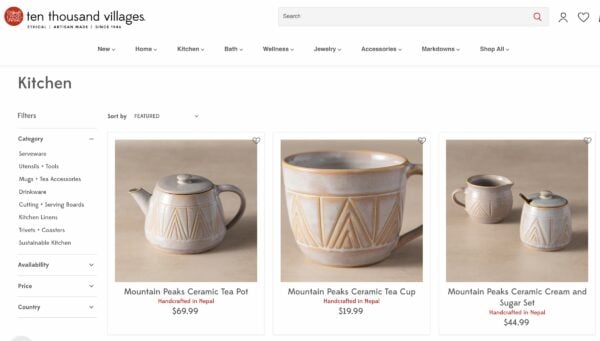


When set up correctly, they should work without issue. The problems with faceted navigation start whenever this system spits out a massive amount of indexable URLs, thanks to the filtered parameters. This could lead to duplicate content, index bloat, and crawling issues. These URLs mustn’t get indexed by Google.
Handle out-of-stock products
Every online store will eventually reach a point where products run out of stock. How you deal with that is more important. Manage expectations by showing when this product will be back in stock. Or offer ways to keep them in the loop by offering to send an email when it’s available again. There’s more you can do to handle products that are out of stock, but it is important to act upon it to show potential customers and Google that you’re active and trustworthy.
Site structure, navigation, and internal linking
Site structure is essential for every site — and the larger your site is, the more important it gets to keep it under control. Setting everything up transparently helps customers and search engines find their way on your ecommerce site easily. As Google uses the structure to understand your site, you need to think about how you link everything together. With proper internal linking, you can signal to Google which pages are the most important ones. It will prioritize these over other, less-linked pages.
Think about your navigation
The same goes for your navigation. Well-thought-out navigation doesn’t just please Google, but users as well. Search engines like Google use the navigation of your online store to uncover your content. They also use your navigation and your site structure to connect the various parts of your site.
Google, for instance, advises shop owners to add links from menus to category pages, from category pages to sub-category pages, and finally from sub-category pages to all product pages. It’s vital to link to all the products you want to have indexed. Don’t forget to add your most important pages and categories to the footer, as that is important real estate!
Don’t forget about internal linking
Other than having a proper navigation and site structure in place, you also need to link related content to each other. This shows search engines what pages and topics are related to each other and which pages are most important. It also helps site visitors find other related content or pages to the page their currently on, keeping them on your site and helping them find what they are looking for. When you have a blog, internal links also give you a great opportunity to link directly to specific products or categories that are related to that topic. Use internal linking to show the importance of pages and help users navigate through your site.
Link building for online stores
You shouldn’t underestimate the power of link building. These are links from other websites leading to your products and/or content. This is, to this day, an important ranking factor for search engines. Not just having as many links to your website as possible, they need to come from relevant websites and make sense.
You need to publish content that people will link to for this to happen. That doesn’t strictly have to be a blog post, but that could also be a buying guide, an infographic, a tool that helps people make decisions, original research, et cetera. Excellent, unique content has a bigger chance of getting links from relevant sites and people.
Another link building strategy is to reach out to your local community to get them to talk about you. Or you could invest in influencer marketing and digital PR to boost your online store.
Marketing and ecommerce SEO
You can sit and wait for people to show up in your online store, or you can act. While not technically SEO, marketing is still at your disposal — and there’s a lot you can do. We’ve already talked about content marketing, but we’ll also discuss social media, ads, and video marketing.
Social media
Everybody knows social media can do a lot of good when used right. So, use it to your advantage. It won’t help your store rank better, but it can help you get and build an audience. It can function as an extension of ecommerce SEO, and it is a wonderful way of contacting your customers. Social media marketing is essential for your branding — it’s where people can see you and what you do. Make the most of it!
Video marketing
Video is huge, and its growth is nowhere near stopping. Invest in video SEO if you have the budget. Just make sure it looks good and represents your business. With video, it’s important to know what you want to achieve. Do you want to get recognized on YouTube and have your videos rank well there? Then that’s where you should focus your attention as simply adding a few videos to your store won’t help in this situation.
Do you want to produce the best videos on your ecommerce site? Then you need to think about where you want to host these and how to make them click with your audience. Want videos to do well in the organic search results? That’s something else entirely. Figure out if you want to focus on videos for YouTube or your own site.
Running paid ads
Running ads in the search results is another way to stand out from the crowd. It gives you the option to bid for specific keywords and — depending on your niche — can get you a relatively cheap way to the top of the search results.
Fledgling stores often rely on paid ads to get noticed in the search results. There’s nothing wrong with this, of course. But, with paid ads, you must keep paying, or else your stream of customers will dry up. It’s not a sensible strategy to just focus on running paid ads. Combine it with SEO, social media, and content marketing.
Google Shopping feed/Merchant Center
While it is good to focus on getting your products found in Google’s organic search results, most online stores also put effort into Google Shopping. Google helps customers find the best products for the best prices in the Shopping section. In 2020, Google made it free for merchants to add their products to the Shopping section. Simply sign up for Google Merchant Center, correctly fill in all the required data about your business and follow the guidelines.
Local SEO for ecommerce
If you combine your online store with a brick-and-mortar one, you must also focus on local SEO. Discover how your online and offline stores can support each other to strengthen each other. Write content optimized for your locale and build good landing pages that help you get noticed for searches in your area. We also offer a local SEO plugin that can help you optimize your website for a local audience. For instance, it adds proper business location schema structured data for your shop and helps you get your details in Google Maps.
Is your online store on Shopify or WordPress?
Shopify is one of the biggest ecommerce platforms out there. And WordPress powers around 43% of all websites worldwide. Both WooCommerce and Shopify are excellent choices for your online store.
For WordPress sites, many of the ecommerce stores are powered by WooCommerce. It’s a solid platform that does a lot out of the box. Put the ecommerce tips from this guide into practice, and you are well on your way to an optimized store.
If your online store is on Shopify, you’ve chosen a platform focused on ecommerce. It comes with pretty much everything you need straight out of the box. If there is something you’re missing, there are tons of apps that can help you out. Although most SEO advice is platform agnostic and this guide will already give you lots of input, we also have a guide on Shopify SEO to help you get your Shopify store ranking high.
WooCommerce SEO plugin by Yoast SEO
To help you quickly set up WooCommerce for optimal SEO, we built the WooCommerce SEO add-on for Yoast SEO. Our WooCommerce SEO plugin adds several extra features while also improving the code WooCommerce puts out to make it more understandable for search engines. It’s an essential tool if you want to get the most out of our WooCommerce store. You can use this add-on with both the free and Premium version of Yoast SEO.
Yoast SEO for Shopify app
One of the most remarkable aspects of Shopify is that you can improve your store by running apps. There are apps for everything, from review management to email marketing and image optimization to cross-selling products. One of the most popular categories is ecommerce SEO, and we’re proud to offer a Yoast SEO for Shopify app as well.
Our app improves the technical SEO of your Shopify store while also offering features that help you produce the best possible product-related content. It comes with SEO and readability analyses, various controls for handling how Google crawls your site, and an impressive Schema structured data implementation that instantly helps search engines understand your products.
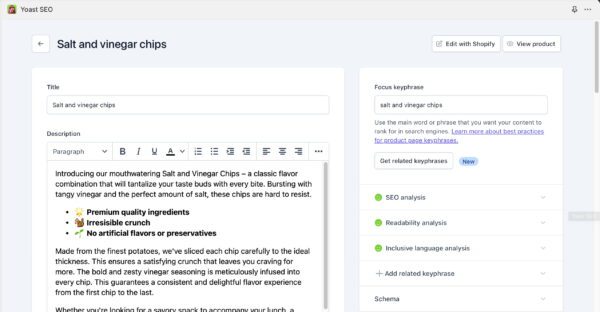


All about ecommerce SEO
That’s it! You’ve just learned a lot. But although this is billed as a thorough guide, a complex topic like ecommerce SEO cannot be contained in one single guide. Where possible, we’ve linked to related articles that go deeper into a specific detail — read these to expand your knowledge!









